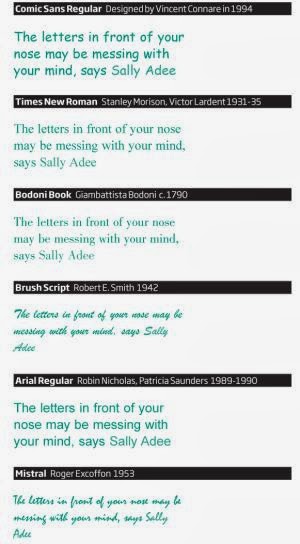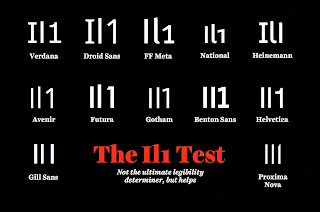Latest modern science | Link roundup for June 2014 - Si Bejo Science
link roundupPoints for honesty. Hat tip to Alan Rice.
The Science of Comic Sans is an interesting article on research about type, and how type has, for lack of a better word, �personality.� (Comic Sans is apparently the Upworthy-esque keyword that makes people click links about type.) Hat tip to Mary Canady.
It seems a little early to do a �2014 trends� article, but here�s one on logo design this year (so far). I had no idea pom pom logos were big this year. Hat tip to Mike Weytjens.
�Then� and �now� in design always make for interesting points of comparison. How does the humble pop can fare? Not to well, alas. Hat tip to Sleestak.
This painted type is here purely as eye candy.
The Science of Comic Sans is an interesting article on research about type, and how type has, for lack of a better word, �personality.� (Comic Sans is apparently the Upworthy-esque keyword that makes people click links about type.) Hat tip to Mary Canady.
Studies done in the past decade or so have identified the range of type traits with more precision. Broadly speaking, serif types are more focused and organized and calm than sans serifs � and much more than scripts. Rounder types elicit happiness; sharper types, anger. Odd spacing can be interesting but aggressive; consistent spacing feels professional but boring. Some work argues that most typefaces can fit into three personality groups: elegant, friendly, and direct.
It seems a little early to do a �2014 trends� article, but here�s one on logo design this year (so far). I had no idea pom pom logos were big this year. Hat tip to Mike Weytjens.
�Then� and �now� in design always make for interesting points of comparison. How does the humble pop can fare? Not to well, alas. Hat tip to Sleestak.
This painted type is here purely as eye candy.


































